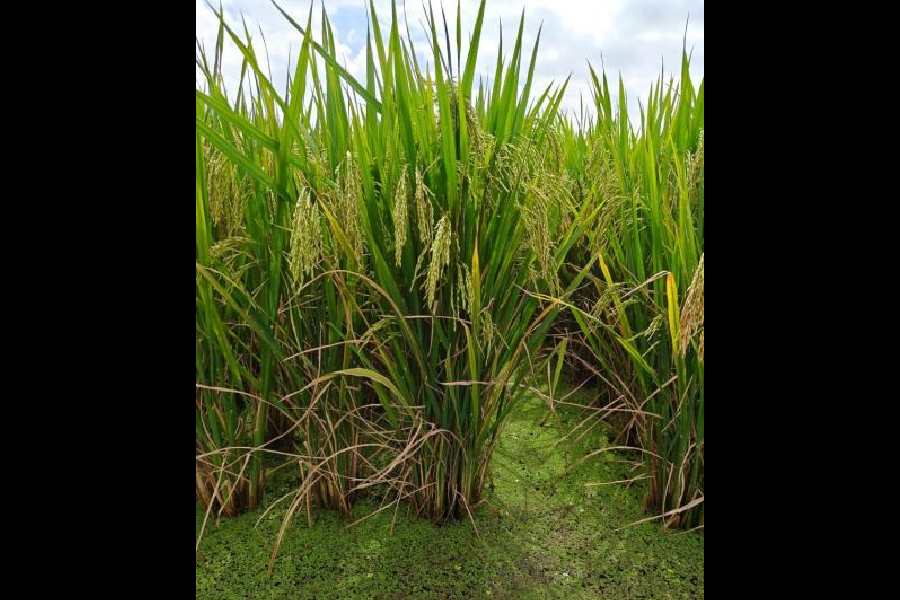Scientists have long known that dense breast tissue is linked to an increased risk of breast cancer in women. A study published on Thursday in JAMA Oncology adds a new twist, finding that while breast density declines with age, a slower rate of decline in one breast often precedes a cancer diagnosis in that breast.
Scientists at Washington University in St Louis analysed breast density changes over a 10-year period in 10,000 women who were free of cancer when the study started. Some 289 women were diagnosed with breast cancer at that time; the study compared changes in their breast tissue to those in 658 similar women who did not develop breast cancer.
Breast density was higher from the start in the women who went on to develop breast cancer, and density declined in all women over time. But when each breast’s density was measured separately, scientists found a significantly slower decline in density in breasts that developed cancer, when compared with the other breast in the same patient.
Shu Jiang, the study’s lead author and an associate professor of public health sciences at Washington University, said the findings might provide an individualised and dynamic tool for assessing a woman’s breast cancer risk. “I hope they can get this into clinical use as soon as possible — it will make a huge difference,” she said.
“Right now, everybody only looks at a density at one point in time,” Dr Jiang added. But women have mammograms at regular intervals throughout their lives, and the density of each breast is measured each time.
“So this information is actually already available, but it’s not being utilised,” she said. Now, a woman’s risk of developing breast cancer could “be updated every time she gets a new mammogram.”
Breast density is now an acknowledged risk factor for breast cancer, albeit one of many. Dense tissue also makes tumours harder to detect in imaging scans.
Dozens of states have started requiring mammography centres to notify women if they have dense breast tissue. In March, the Food and Drug Administration recommended that providers tell women about their breast density.
But this is the first study to measure changes in density over time and to report a link to breast cancer. Though larger studies will need to be done to confirm the findings, Karen Knudsen, chief executive of the American Cancer Society, called the data “exciting”.
New York Times News Service










